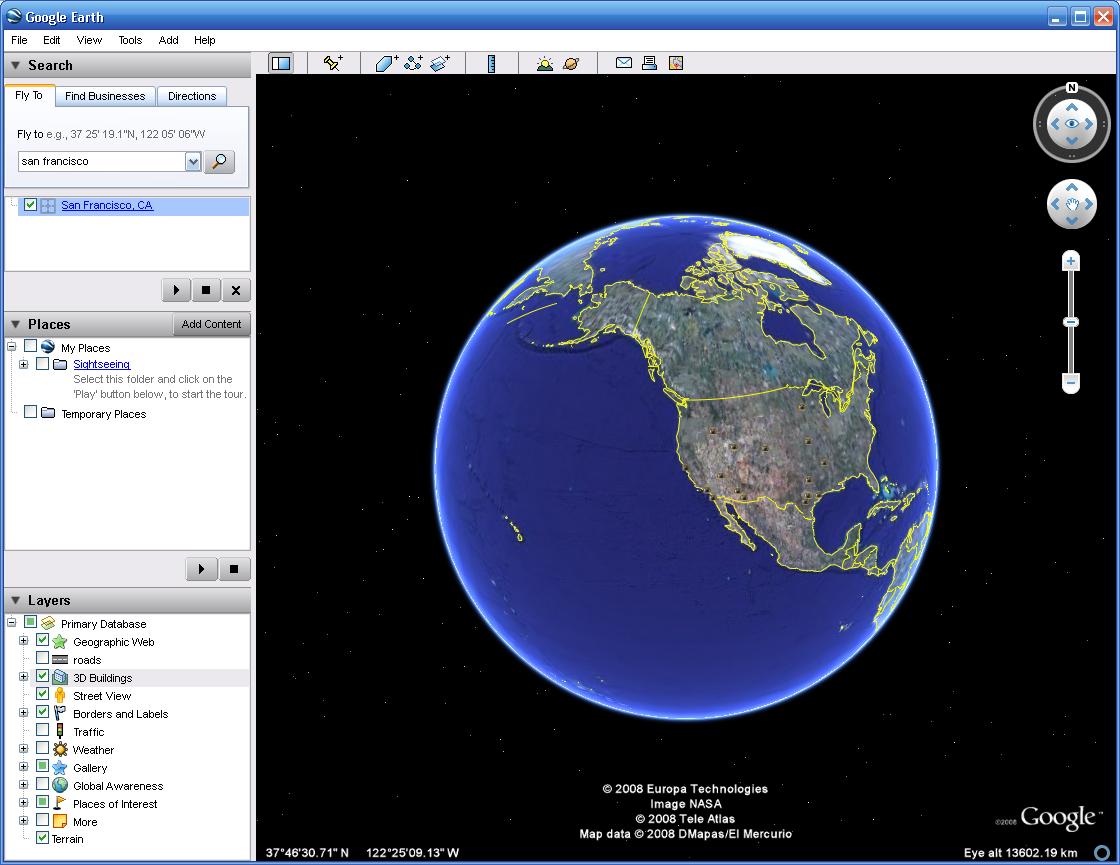

Looking ahead, early advances in other areas of imaging illustrate the astounding potential for seeing deeper into the body and further into the future. The recent introduction of real-time tomosynthesis for robotic platforms and TiLT Technology™ (tool-in-lesion tomography) for bronchoscopy could be a preview for real-time imaging technology in other fields. It affords gastroenterologists a critical ability to view the inside of the body and navigate to a precise location using a live image to identify, perform a biopsy of, or remove lesions.īut real time imaging still has not become the standard in many, more complex procedures, or in those fields like pulmonology that must reach hard-to-navigate locations on the periphery of the lungs. Visualizing procedures in real-time has become commonplace for some procedures like colonoscopies that rely on traditional scopes. There’s no way to tell because you don’t have a real-time view of it. Maybe the board is placed at a different angle or one of the playing pieces has shifted slightly. It’s the equivalent of playing the game Operation while looking at a static photo of the game instead of at the actual board. Most require a human to navigate with precision using images and scans that were taken days or even weeks earlier and often when the patient was in an entirely different position, like standing up or with arms raised versus laying flat on a table. But even these advanced imaging standards have limitations that impair a physician’s chances of success during a procedure. The 20th century brought us numerous, powerful advances in medical imaging like ultrasounds, CT and PET scans, and MRIs that help with this navigation. That is the razor’s edge that defines success for clinicians operating inside the human body. To a physician, it can be the difference between accurately diagnosing a cancerous lesion or not finding it altogether. To the average person, a few millimeters may sound insignificant. This revolution in imaging stands to dramatically impact the future of medical care. Now, we stand on the cusp of incredible imaging advances that leapfrog what we are able to do today, potentially even scanning to see the future state of diseases and conditions with patients.


 0 kommentar(er)
0 kommentar(er)
